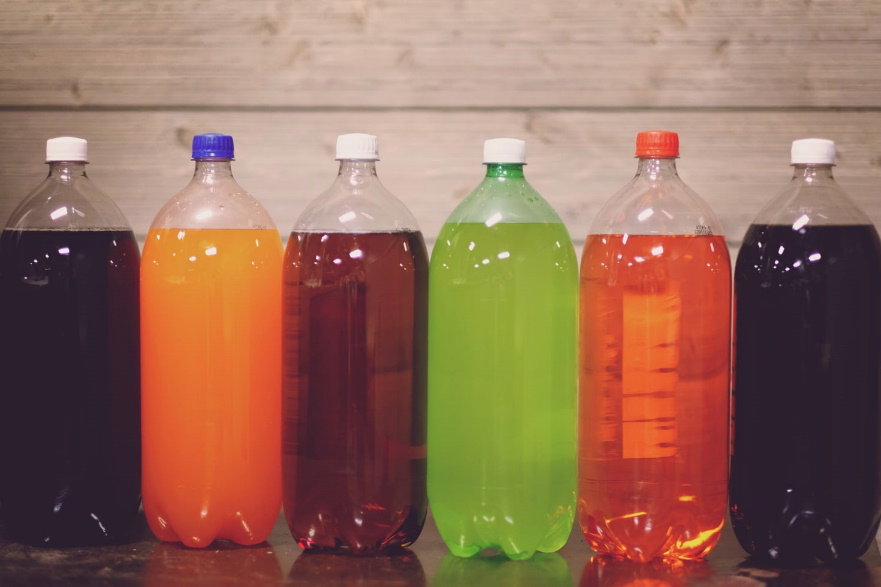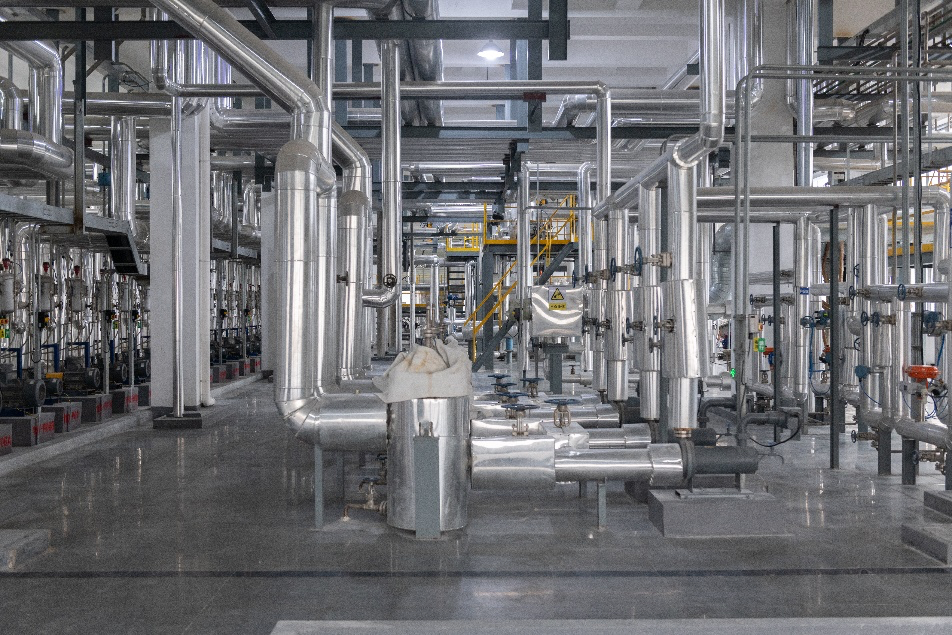
Control of Bottle - Grade PET Acetaldehyde Content - An Essential Step
Polyethylene terephthalate resin (PET) is a thermoplastic plastic with excellent crystallinity, high transparency, low density, small expansion coefficient, low molding shrinkage, and high toughness. Its products are aesthetically pleasing and have stable dimensions. PET products are also perfect for food-grade bottle packing containers since they are odorless, safe, good at sealing out air, and light in weight. This kind of PET chips are often known as bottle-grade PET chips and are in high demand.
Safety Risks of Bottle-Grade PET: Acetaldehyde
Bottle-grade PET chips are widely used in food packaging, which requires strict safety requirements. PET chips used for bottles typically go through two main stages of reaction: liquid-phase polymerization and solid-phase polymerization. The creation of bottle-grade base PET chips is the primary task of the first stage, while increasing the viscosity of bottle-grade base PET chips is the primary task of the second stage. Numerous toxic substances are produced during the production of bottle-grade PET chips.
Acetaldehyde is one of the most dangerous compounds produced during production that adversely affects the safety of bottle-grade PET chips. Acetaldehyde is a poisonous, colorless chemical that is volatile and offensive to the senses. It has inhibitory effects on the central nervous system in addition to its irritating effects on the skin and mucous membranes.
PET experiences oxidation throughout the production and viscosity-increasing processes, which produces acetaldehyde. According to data, there is a significant nonlinear correlation between the acetaldehyde content of PET base chips and the acetaldehyde content of finished bottles. Under constant production processes, it has been found that the acetaldehyde content of finished bottles increases or decreases with the increase or decrease of the acetaldehyde content of base chips. Therefore, strict quantification control in accordance with the national standard GB/T 17931 is required.
Discover the Secrets Behind Wankai’s Acetaldehyde Control
Some PET manufacturers controlling the acetaldehyde content of co-polymerized base chips within (150±40)×10-6 mg/g ensures that the acetaldehyde content of the finished bottles falls within the range specified by national regulations, meeting the standards for safe consumption. Wankai New Materials Co., Ltd. also strictly controls the acetaldehyde content in bottle-grade PET chips according to the GB/T 17931 national standard, with the goal of achieving an internal norm of less than 0.7 ug/g.
Taking Wankai's production process as an example, the first stage liquid-phase polymerization device is designed and provided by China Kunlun Engineering Company for production technology. It uses PTA (purified terephthalic acid) and EG (ethylene glycol) as the main reactants, antimony-based chemical agents as catalysts, IPA (isophthalic acid) and DEG (diethylene glycol) as co-polymer modification monomers, and adds certain proportions of thermal stabilizers, U1 additives, bluing agents, and other additives. Under certain temperature, pressure, and reaction time conditions, through two esterification stages and three condensation stages, polyethylene terephthalate (PET) or bottle-grade base PET chips are synthesized.
The viscosity of the synthetic bottle-grade base PET chips increases after the liquid-phase polymerization reaction stage, and the acetaldehyde concentration is slightly controlled. The bottle-grade PET base chips must, however, go through solid-phase polymerization operations in order to produce reduced acetaldehyde content, improved viscosity, and greater purity in order to meet the necessary standards of bottle-grade PET chips.
Solid-phase polymerization refers to the polymerization reaction of bottle-grade PET base chips in the solid state. Wankai's solid-phase polymerization device is designed and provided by Swiss company Buhler. The bottle-grade base PET chips further react (increase in viscosity) in the solid-phase condensation device to meet the requirements of bottle-grade PET chips.
Unique De-Aldehyde Process: How Nitrogen Controls Acetaldehyde
Wankai's unique de-aldehyde process is fully demonstrated in the second stage of solid-phase polymerization. Acetaldehyde is mainly produced due to the degradation of PET molecules, a process that requires time and temperature. The longer the time and the higher the temperature, the more severe the degradation. The main design parameters of Wankai's solid-phase polymerization device are temperature and residence time. The increase in intrinsic viscosity (IV) and the removal of acetaldehyde both require temperatures above 200°C and a residence time range of 8-12 hours. Before entering solid-phase increase in viscosity, the polymerization material needs to undergo crystallization and drying. After solid-phase increase in viscosity, the resin needs to be cooled to avoid affecting product characteristics during storage and transportation.
In order to further reduce the acetaldehyde content of bottle-grade base PET chips in the solid-phase polymerization process, the device utilizes nitrogen to continuously remove acetaldehyde to meet the requirements of food packaging. This is specifically reflected in the device's consideration of the reversible reaction characteristics of PET condensation reaction and the use of inert gas nitrogen protection measures to prevent chip oxidation degradation and thermal degradation, thus reducing the generation of acetaldehyde from the source. On the other hand, as the nitrogen carries more impurities, its purity will decrease, affecting product quality. The device also uses a nitrogen purification system (NPV unit) to improve nitrogen purity and remove impurities such as EG, acetaldehyde, and water. After purification, the nitrogen re-enters the device for recycling. Finally, the acetaldehyde content in the generated bottle-grade PET chips meets Wankai's internal standard of less than 0.7 ug/g and is in accordance with the GB/T 17931 national standard.
After the solid-phase polymerization reaction, the acetaldehyde content meets the requirements for food packaging. However, to further ensure the safety of bottle-grade polyester chips, Wankai's quality center needs to detect the acetaldehyde content using headspace gas chromatography. Only when the detected acetaldehyde content meets certain standards can the produced bottle-grade polyester chips be sold in the market.
Conclusion
Wankai's equipment can maximize the utilization of resources, and some reaction participants can be recycled. In the second reaction stage, nitrogen plays an important role, enabling the reaction to proceed under ideal conditions and removing acetaldehyde to ensure the safety and purity of various bottle-grade polyester chips.



